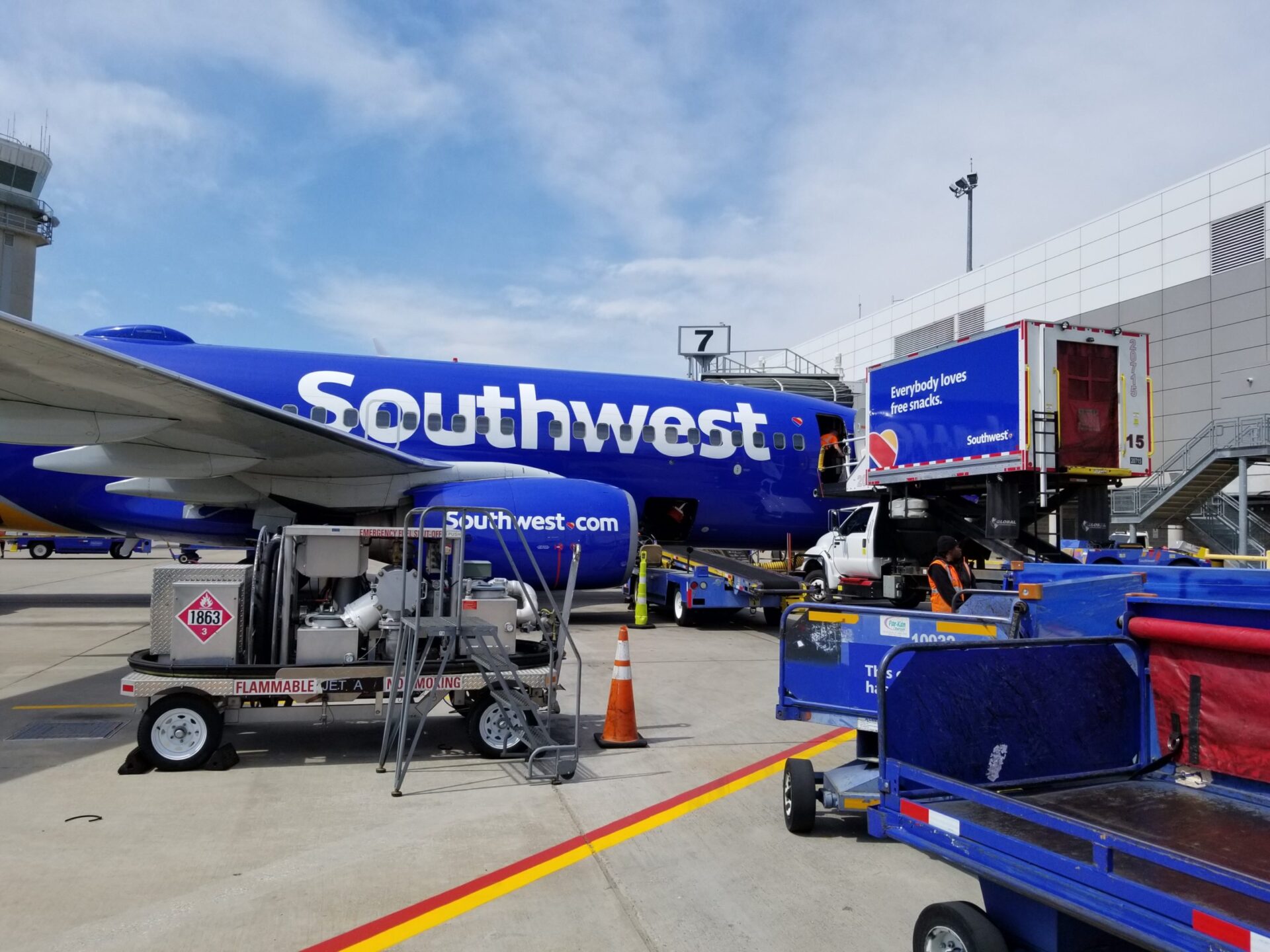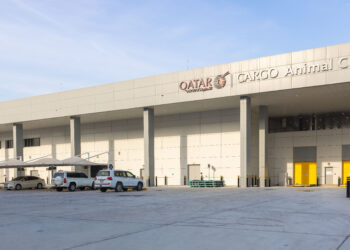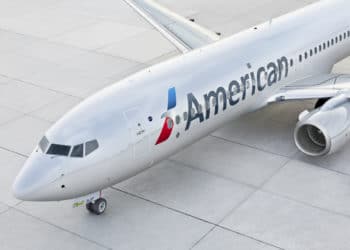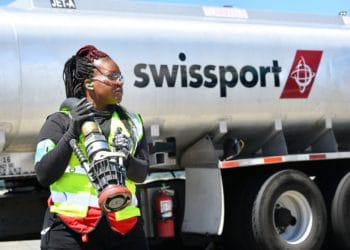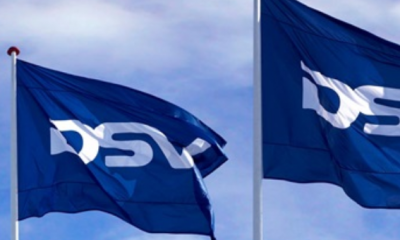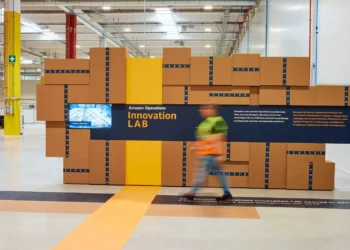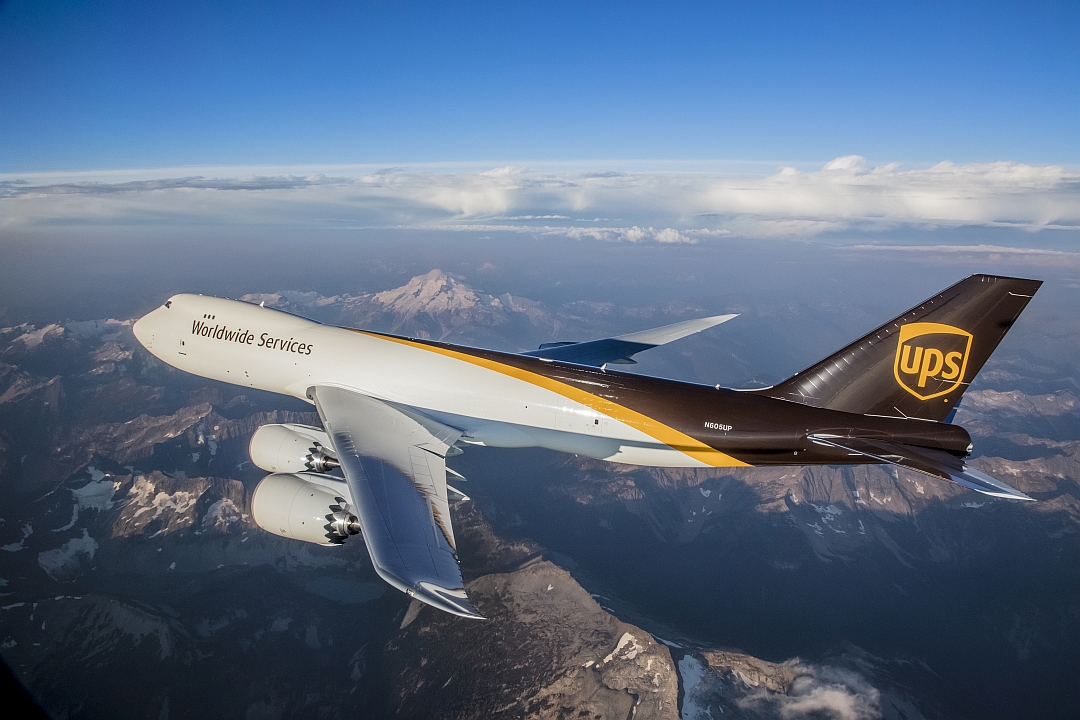No products in the cart.
Cold Front Approaching: China gets serious about pharma temperature control
 Speaking a common language
Speaking a common language
While the potential is vast for the Chinese pharma market to boost global airfreight, there’s only so far it can rise while still being tethered by a tangle of conflicting regulations. Brett Marshall, corporate head of quality assurance for pharmaceutical distributor, Zuellig Pharma Holdings Pte. Ltd., has struggled for many years with the red tape that has held back his business, which has operated for nearly a century in Southeast Asia, and which employs 10,000 people working in 13 different countries. Naturally, this diversity can lead to some regulatory misunderstandings.
Zuellig, which focuses mostly on distribution for more than 120 multinational pharma companies – along with some pick-‘n’-pack 3PL operations, warehousing and secondary repackaging operations – is heavily involved in cross-border business to serve its manufacturer clients. “We deal with 12 different regulatory authorities across the region,” Marshall described. “There are different industry bodies that determine regulation, so you have the [Medicines & Healthcare products Regulatory Agency], the E.U., the World Health Organization, the U.S. FDA – everybody had a standard. The establishment of a standard for quality, and the way that we can meet the quality needs of the industry going forward, is extremely important.”
This is where the global standards, such as Good Distribution Practices (GDP) and the Center of Excellence for Independent Validators in Pharmaceutical Logistics (CEIV-Pharma), begin to play a major role.
According to IATA’s Ho, at the end of 2016, the CEIV-Pharma program had been completed at 41 locations worldwide, while 72 companies are currently pursuing certification. However, the vast majority have been within Europe. To date, only two locations in all of Asia – Shanghai Pudong Airport/PACTL and Changi Airport Singapore/SATS – have earned their certs, while another 12 are currently pursuing the program. One of the 12 was Hong Kong International Airport, along with supply chain partners Asia Airfreight Terminal Co Ltd., Cathay Pacific Airways Ltd, Cathay Pacific Services Ltd., Hong Kong Air Cargo Terminal Ltd (Hactl), Hong Kong Airport Services Ltd., Jardine Aviation Services Ltd., and SATS Ltd.
CEIV-Pharma, Ho said, is one of the best ways to cut down on the number and severity of temperature excursions that occur along the supply chain. “Although pharmaceutical shipments are a growing trend, air cargo is losing its share of the global pharmaceutical products’ transport market, mainly to ocean freight,” Ho warned. The temperature deviation is much more significant, she added, when the cargo is in the hands of airlines and airports, causing annual product losses of US$2.5 billion to US$12.5billion.
Swire’s Lam, however, contended that it is more likely for a temperature breach to occur during land transportation rather than the short time air cargo containers are moved on the ramp. “Some truck drivers,” he said, “have been known to actually switch off the air conditioning to get better gas mileage, and then turn it back on again when they are about to arrive at their destination.”
Regardless of the reason for the excursions, Frosti Lau, general manager of cargo services for Cathay Pacific Airways, said the need for CEIV-Pharma certification is due to the rapidly increasing demand for pharmaceuticals and temperature-controlled products, not only in Hong Kong but throughout China and Southeast Asia. “We are in the process of getting a CEIV-Pharma certification for Hong Kong,” he said. So I hope in the next year we will actually get it done.”
Page 2 of 4

